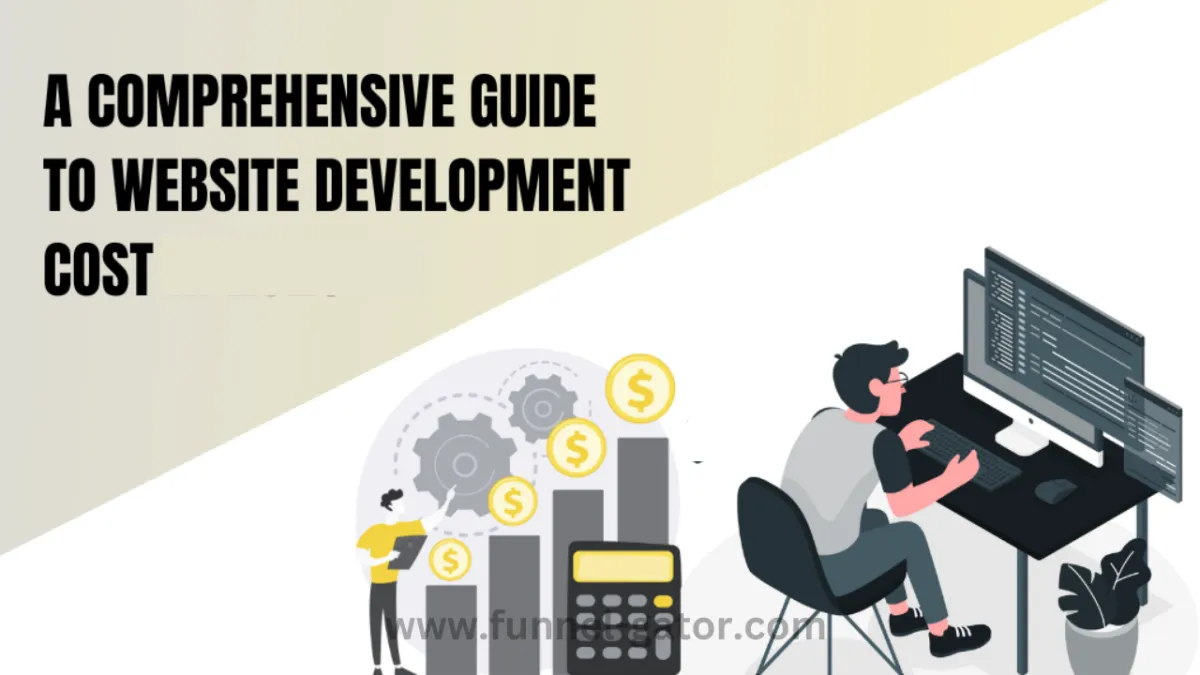
Accounting for Website Development Costs: A Human-Friendly Guide
Building a website is like building a home in the digital world. Whether you're starting a small blog or launching a robust e-commerce platform, one question inevitably comes up: how do you handle the costs in your accounting books?
In this article, we’ll break down accounting for website development costs in plain language. We'll help you understand what counts as a capital expense, what you can expense immediately, and how to track it all like a pro (even if you're not an accountant).
Why Website Development Costs Matter in Accounting
Imagine this: Sarah owns a small bakery. One day, she decides to build a website to showcase her cakes and take online orders. She spends $5,000 on a web designer, buys a domain, and pays for hosting. Her question? How should this be recorded in her accounting system?
Website development costs can affect your taxes, balance sheet, and even the perceived value of your business. Treat them incorrectly, and you might either pay more taxes than necessary or misstate your financials.
Categories of Website Costs
Before diving into accounting, it helps to understand the types of costs associated with a website. Here are the most common ones:
Planning and research – market research, idea development
Design and content creation – graphics, writing, UX/UI
Software and coding – custom development, plugins
Domain and hosting – ongoing costs
Maintenance and updates – bug fixes, improvements
Each of these may be treated differently under accounting standards.
Step-by-Step: How to Account for Website Development Costs
Let’s walk through it.
🧠 Step 1: Identify the Phase of Development
The International Accounting Standards (IAS 38) and Generally Accepted Accounting Principles (GAAP) divide development into two key phases:
Research phase – Includes feasibility studies, brainstorming, and conceptualization.
Development phase – Includes actual coding, design, testing, and deployment.
👉 According to IAS 38, research costs should be expensed immediately, while development costs may be capitalized if they meet certain conditions.
💰 Step 2: Determine Which Costs to Capitalize
You can usually capitalize costs that contribute directly to the functionality of the website. This includes:
Custom coding and programming
Database development
Web application logic
Systems integration
These are recorded as an intangible asset on your balance sheet.
📌 For example, if Sarah paid $3,000 for custom development, that amount could be capitalized and amortized over several years.
🧾 Step 3: Expense the Rest
Costs like the following should be expensed as incurred:
Research and planning
Marketing content creation
Ongoing SEO services
Website maintenance
Domain name and hosting (unless long-term)
Expensed costs appear immediately on your profit and loss statement, reducing your taxable income.
🗂️ Step 4: Record the Amortization
If you capitalize part of your website costs, you’ll need to amortize them. This means spreading the cost over its useful life (usually 3–5 years).
Each year, a portion of the capitalized cost will be deducted as an amortization expense.
📘 Example: If Sarah capitalized $3,000 with a 5-year useful life, she would record a $600 expense each year.
Real-Life Anecdote: Learning the Hard Way
James, a freelance photographer, built a stunning portfolio site. He treated all the $8,000 in expenses as operating costs in a single year—ouch! His tax deduction was great that year, but when he applied for a small business loan later, the lender saw no digital assets on his balance sheet. That lowered the perceived value of his business.
Lesson? Capitalizing the right costs can help show investors and lenders that your digital assets are part of your business value.
Best Practices for Managing Website Costs
To keep your accounting clean and audit-proof:
✅ Keep all receipts and invoices
✅ Separate research, development, and maintenance costs
✅ Tag capitalizable vs. non-capitalizable expenses in your accounting software
✅ Work with an accountant who understands intangible assets
If you're using tools like QuickBooks, Xero, or Wave, you can set up specific accounts for website development costs under your assets and expenses sections.
SEO Angle: Important Keywords for Your Accounting Software or Blog
If you’re writing or building tools around this topic, don’t forget to sprinkle in these semantically relevant keywords:
capitalizing website development costs
intangible assets accounting
expensing web development
amortizing website cost
GAAP website development
IAS 38 website
digital asset accounting
These keywords help your content or service rank better on search engines and reach business owners searching for help.
Frequently Asked Questions (FAQs)
❓ Can I capitalize website hosting costs?
Usually not. Hosting is considered an operating expense, similar to utility bills. However, if you pay upfront for a multi-year contract, you might amortize it.
❓ Is website design a capital or revenue expense?
If it contributes to the functionality and meets capitalization criteria (like uniqueness, control, and future economic benefit), it can be capitalized. Otherwise, it’s expensed.
❓ What’s the difference between software and website accounting?
They’re similar! Websites that act like software (e.g., e-commerce platforms) can follow the same accounting rules as internal-use software under GAAP.
Conclusion: Treat Your Website Like an Investment
A website isn't just a marketing tool—it’s a business asset. By correctly accounting for website development costs, you:
Lower your taxes smartly
Present a clearer picture of business value
Stay compliant with accounting standards
If you’re building or revamping a site, don’t wait until tax time to think about how to handle the costs. Track everything from day one. Better yet, use an accounting tool or consult with a pro who understands digital asset accounting.


